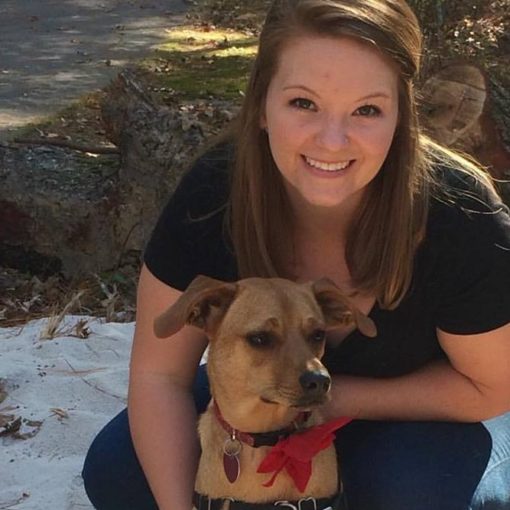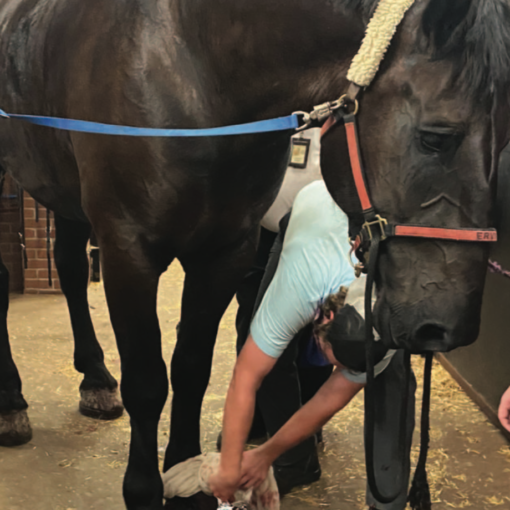By Claire R. Grimes
Last year, a whopping 507,000 animals were flown commercially in the United States, according to the Department of Transportation. Unfortunately, 24 of these animals died from the conditions of their flights, which resulted in various airlines altering their pet flight policies to ensure better safety and standards of care for pets.
Airlines are now reaching out to animal organizations to reshape their policies to improve their safety records. And with these changes can come confusion for all of us who are planning to go see family over the holidays.
Here are seven tips to know before you board a plane with your pet.
- KNOW IF YOUR PET CAN EVEN FLY
It is important to research individual airline’s policies and restrictions to ensure the best flight for both you and your pet. For example, new breed restrictions involving brachycephalic (or snub-nosed) dogs and cats and strong-jawed breeds have taken effect. 21 dog breeds and four cat breeds are now prohibited from flying with United Airlines, “out of concern for higher adverse health risks,” according to the airline. There are even restrictions involving total hours of travel and number of connecting flights that may prevent you bringing your companion aboard.
Travelers can explore their airline’s website or online resources like ‘Bring Fido’ to search various airlines’ pet policies for both commercial and international flights: www.BringFido.com.
- THE EARLIER THE BETTER
After researching which flight would best fit both your and your pet’s travel needs, begin booking as soon as possible. Be sure not to book your ticket before calling your airline directly to check availability for your pet. Once confirmed, book both your flight and your pet’s while dealing directly with the agent over the phone.
BONUS TIP: Call the airline 24 to 48 hours before your flight to reconfirm your pet’s travel.
- FIT TO FLY
Many airlines require veterinary certification, especially an up-to-date rabies vaccination. Depending on your airline, veterinary documents must be obtained within 10 days of your flight. Taking your pet to the vet to obtain these records will also give your veterinarian a chance to evaluate your animal’s overall health to assess if they are healthy enough for flying. Airlines reserve the right to refuse an animal if they have a preexisting medical condition that is a cause for concern.
- PET CARRIER GUIDELINES
While reviewing your airline’s pet policy, you will notice specific guidelines for pet carriers, including: ventilation requirements, size requirements and prohibited items inside the crate. It is VITAL to follow these guidelines for your pet’s safety.
BONUS TIP Get your pet acclimated to the carrier in the weeks before your trip.
- NO DRUGS FOR FIDO
Many airlines now prohibit the use of sedatives to keep your pets calm during flight due to health risks. Be sure to discuss with your veterinarian alternative methods to keep your dog or cat calm for travel. If sedatives are necessary, as prescribed by your vet, be sure to have documentation and check with your airline before your travel date.
- BEFORE FLIGHT CHECKLIST
Make a checklist of ‘Things To Do’ the day of your flight to ensure maximum comfort for your pet. Feed your dog or cat two to four hours before the flight to prevent them from getting sick. Give your animal water up until the time of the flight, throwing out the remaining water before checking in. Be sure your pet also gets exercise and uses the bathroom before heading out to the airport.
- EXTREME WEATHER
Choosing times of day during certain seasons (i.e. mid-day flights during winter), direct flights and avoiding holiday/weekend travel is important in ensuring your pet is not subjected to traveling in extreme heat or cold. Some airlines even prohibit pet travel to certain cities during certain months. If you must travel during extreme weather conditions, airlines will require a letter from your vet stating your animal can handle extreme weather.
Sources: www.cbsnews.com, www.bringfido.comm www.united.com





